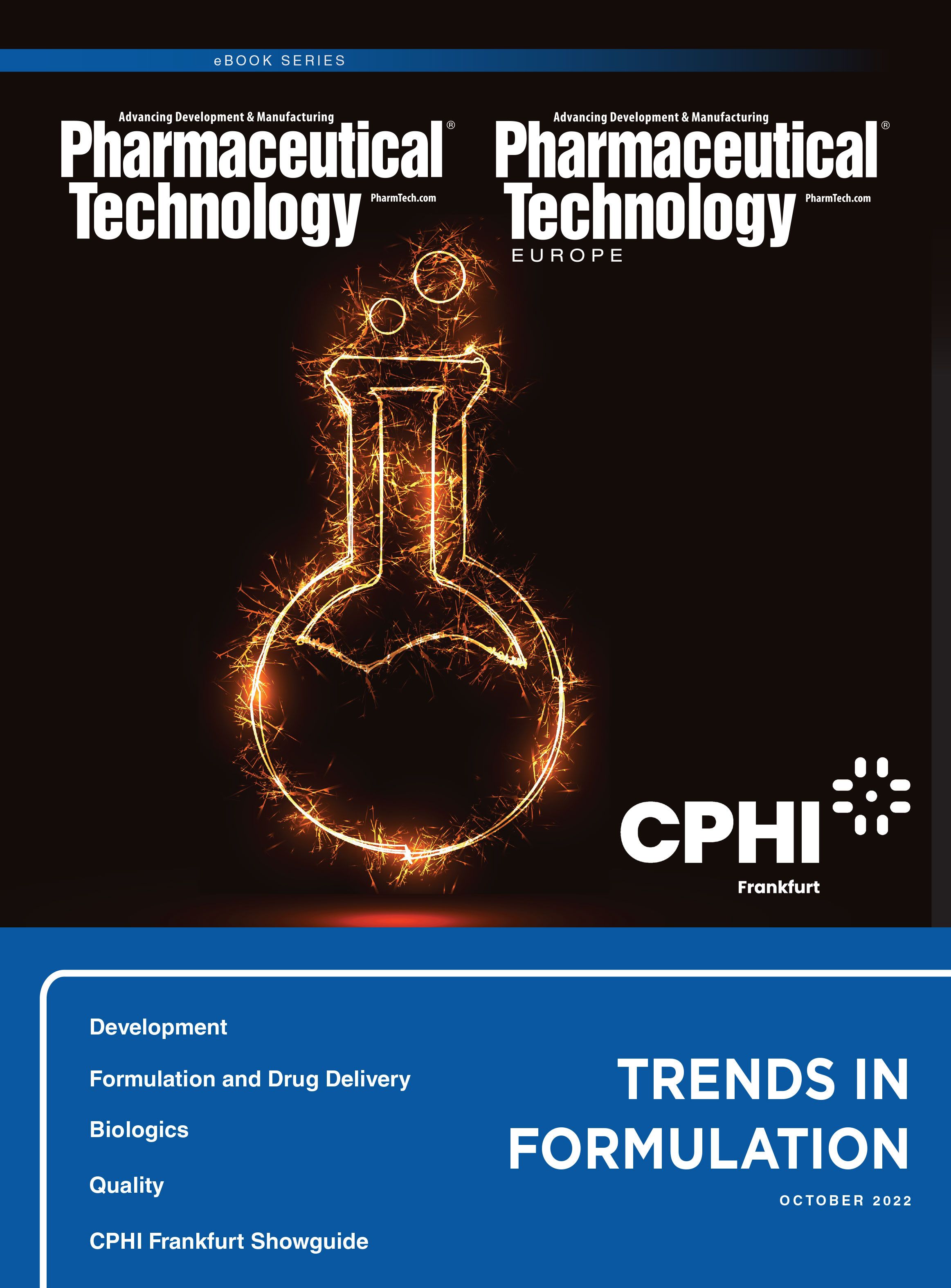Nitrosamides–Should They Be Treated the Same as Nitrosamines?
The authors discuss the differences in mechanism of activation of N-nitrosamides versus N-nitrosamines and the fact that they should not be treated the same.
Production Perig - Stock.adobe.com

N-nitroso compounds (Figure 1) are formed by the reaction of secondary and tertiary amines, amides, carbamates, urea, guanidine with nitrite or other nitrogenous agents (including N2O3 and N2O4). The carcinogenic properties of N-nitroso compounds, especially N-nitrosamines, have been known for many years (1). Based on numerous studies, International Agency for Research on Cancer (IARC) has categorized N-nitroso compounds in Class 2a and Class 2b, as probable and possible carcinogens, and International Council for Harmonisation (ICH) M7 has considered them as a “cohort of concern” (2). However, it needs to be remembered that N-nitrosamides, which are the N-nitroso derivatives of primary amides, N-alkylurea, guanidine, carbamates are not in the same category as N-nitrosamines, which are N-nitroso derivatives of amines. The N-nitrosamides behave differently from N-nitrosamines in vivo. They are direct acting mutagens that do not need metabolic activation to exhibit their mutagenicity or carcinogenicity as is the case of N-nitrosamines. Thus, they should not be put in the same category as the N-nitrosamines (3). The purpose of this paper is to discuss the differences in mechanism of activation of N-nitrosamides versus N-nitrosamines and the fact that they should not be treated alike.
Read this article in the Trends in Formulation 2022 eBook
About the authors
Aloka Srinivasan, PhD is a principal and managing partner of Raaha LLC. Chuck Lambert, PhD, DABT, ERT is principal toxicologist at Intrinsik Ltd.
Article details
Pharmaceutical Technology
eBook: Trends in Formulation
October 2022
Pages: 42–50
Citation
When referring to this article, please cite it as A. Srinivasan and C. Lambert, " Nitrosamides–Should They Be Treated the Same as Nitrosamines?," Pharmaceutical Technology's Trends in Formulation eBook (October 2022).
